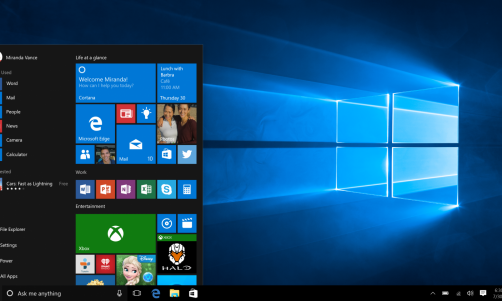NASA won't be attempting to launch its CAPSTONE mission anytime soon.
The space agency recently announced it is postponing the CAPSTONE mission's launch to allow Rocket Lab to perform final systems checks on its Electron booster.
The CAPSTONE mission is part of NASA's Artemis program to bring back humanity to the surface of the moon.
NASA's CAPSTONE Mission Postponement Details
NASA mentioned in its announcement it will be postponing the launch of its CAPSTONE mission to the moon to June 28 to allow Rocket Lab to perform final systems checks on its Electron booster.
Rocket Labs developed the reusable Electron booster to enable it to attain a higher launch frequency without expanding production and a lower launch cost, according to the company's Electron page.
the CAPSTONE mission is Rocket Lab's first deep-space mission using its Photon integrated launch and satellite solution.
Despite the announcement, Space.com reported that the space agency could launch the mission anytime before July 27 to ensure that the CubeSat the CAPSTONE mission is to bring to the moon will arrive on November 13.
Read More: Five Nights at Freddy's: Security Breach to Jumpcare Xbox X and Xbox One Players Soon
NASA's capability to send the CubeSat to the moon's orbit is due to the CAPSTONE mission's trajectory design being ideal for a long period, with NASA expecting the spacecraft to arrive at its lunar orbit on November 13 regardless of the launch date within the current period.
The mission's current trajectory offers launch opportunities every day through July 27, per NASA.
What Is The CAPSTONE Mission?
The CAPSTONE mission, or the Cislunar Autonomous Positioning System Technology Operations and Navigation Experiment, is designed to help astronauts navigate the moon and reduce the risk for future spacecraft by "validating innovative navigation techniques and verifying the dynamics of [the near rectilinear halo orbit (NRHO),]" according to NASA's CAPSTONE page.
the NRHO is a location found at a "precise balance point" between the Earth and the moon's gravity, which offers stability for long-term missions like the Artemis program's Gateway and requires minimal energy to sustain its position.
The NRHO will bring the CAPSTONE within 1,000 miles of one of the moon's poles on its near pass and 43,500 miles from its other pole at its peak every week, allowing a spacecraft to use less propulsion capability to and from the moon's surface than other circular orbits.
The CubeSat the CAPSTONE mission is to place on the moon is a 55lbs. microwave oven-sized spacecraft that will serve as the first to test the use of the NRHO for future missions.
To test the NRHO, the CAPSTONE will use it to orbit the moon for at least six months to understand its characteristics to learn the power and propulsion requirements for maintaining its orbit as predicted by NASA's models.
To test the new navigation capabiltiies the nRHO provides, CAPSTONE will use its second payload flight computer and radio to perform calculations to find where the CubeSat is in its orbital path.
The CAPSTONE will also interact with another spacecraft, the Lunar Reconnaisance Orbiter (LRO) to measure how far it is from the LRO and how fast the distance between the two changes.
The interaction between the two satellites will also be used to evaluate CAPSTONE's autonomous navigation software, which will allow future spacecraft to find their location without having to rely on tracking from Earth exclusively.
Related Article: NASA's Asteroid Mission, Psyche, Has Been Delayed to Next Year — Is There a Possibility of Cancellation?














